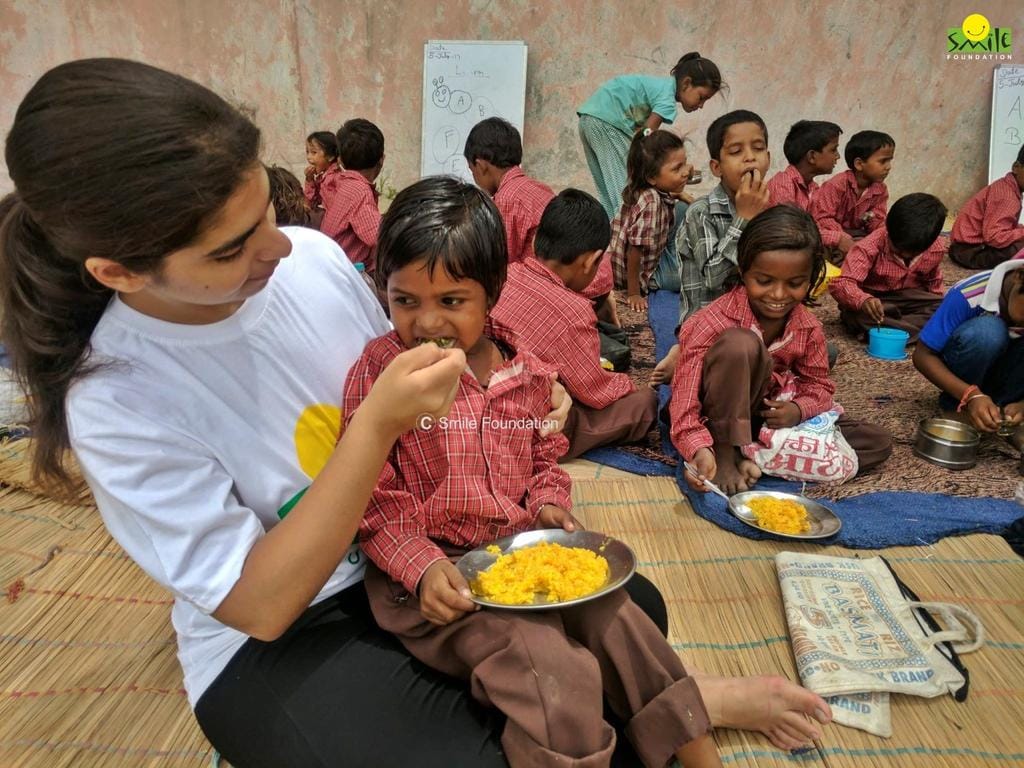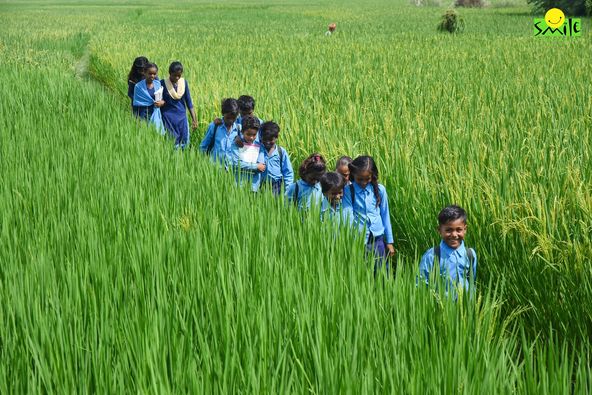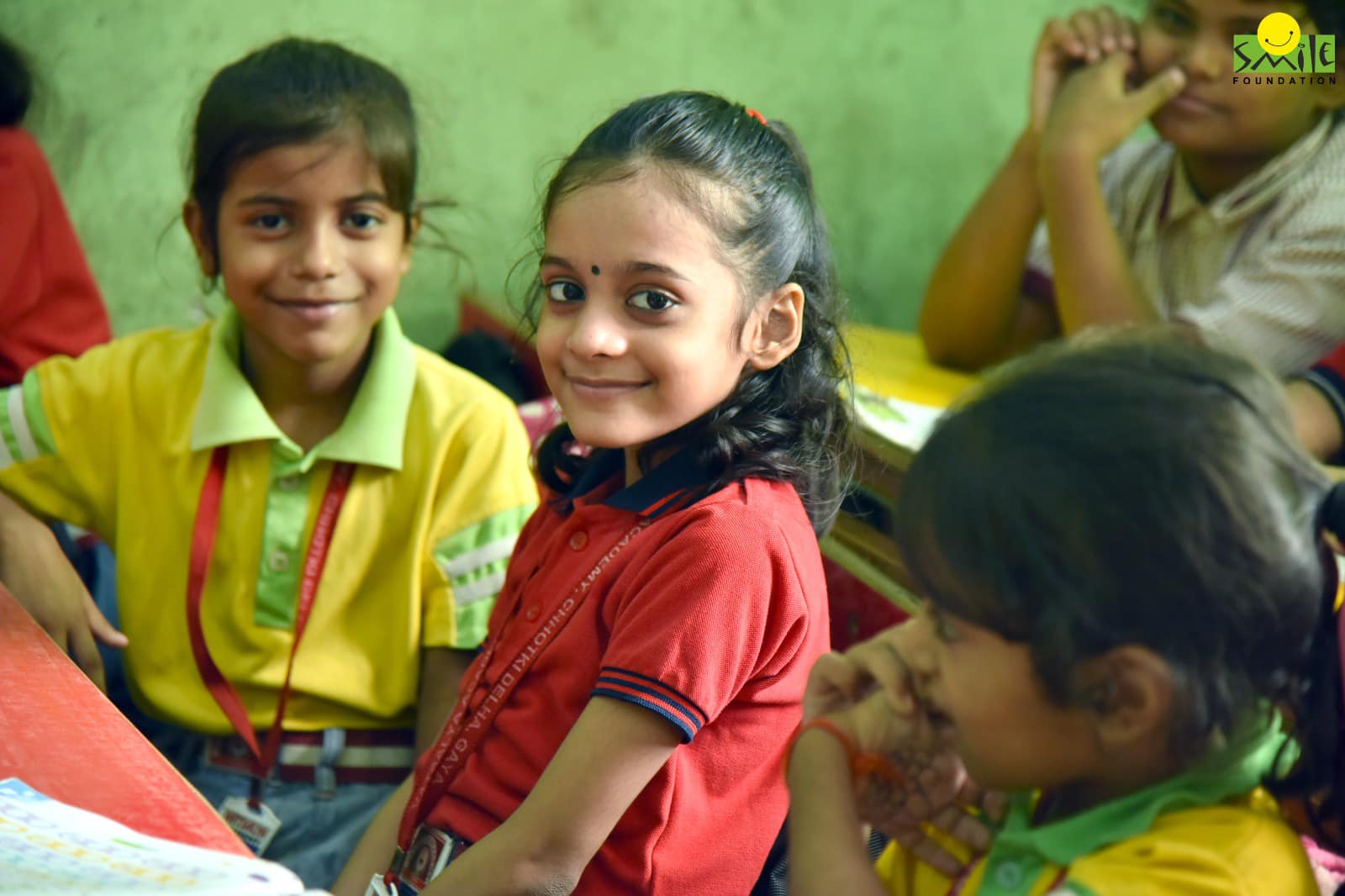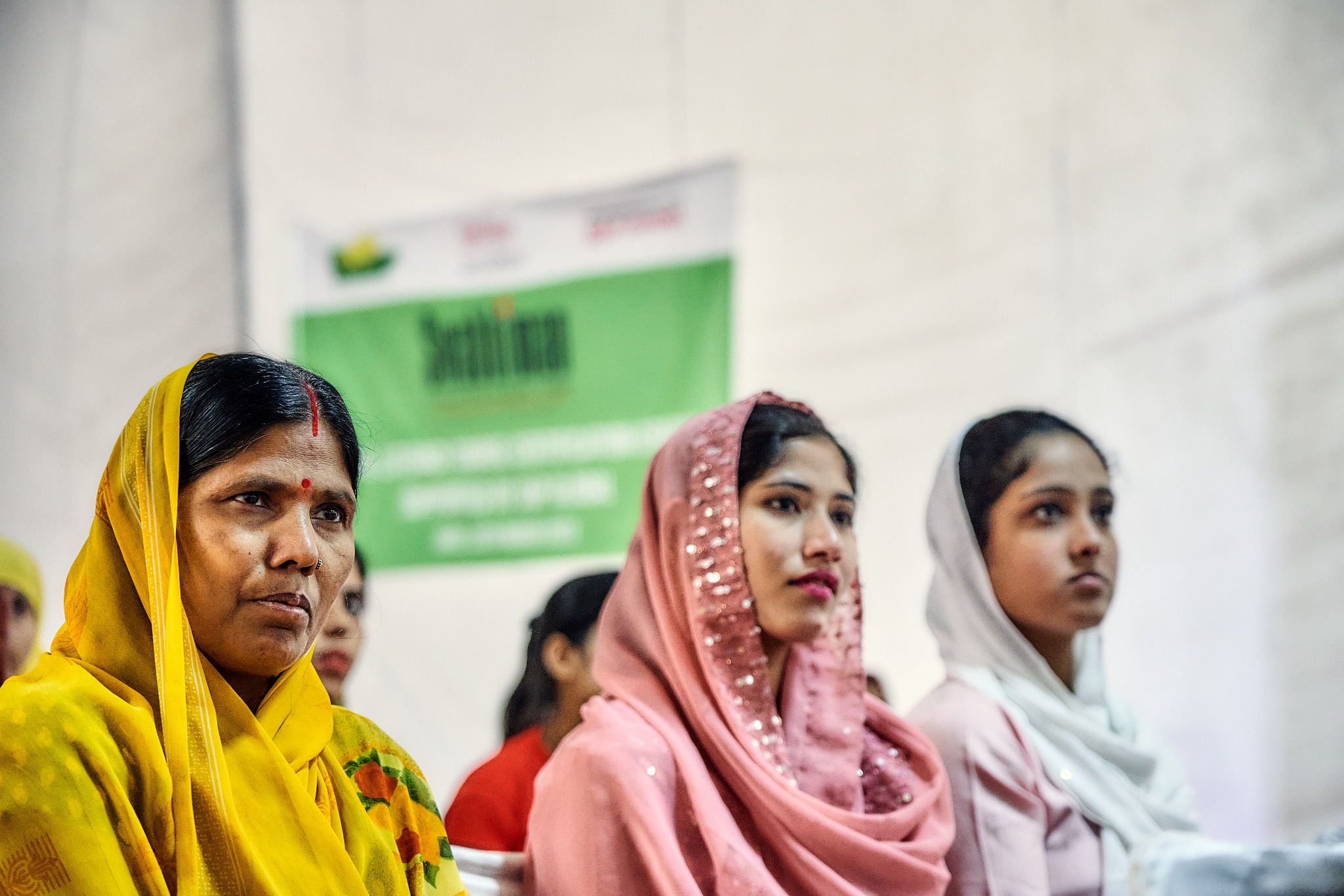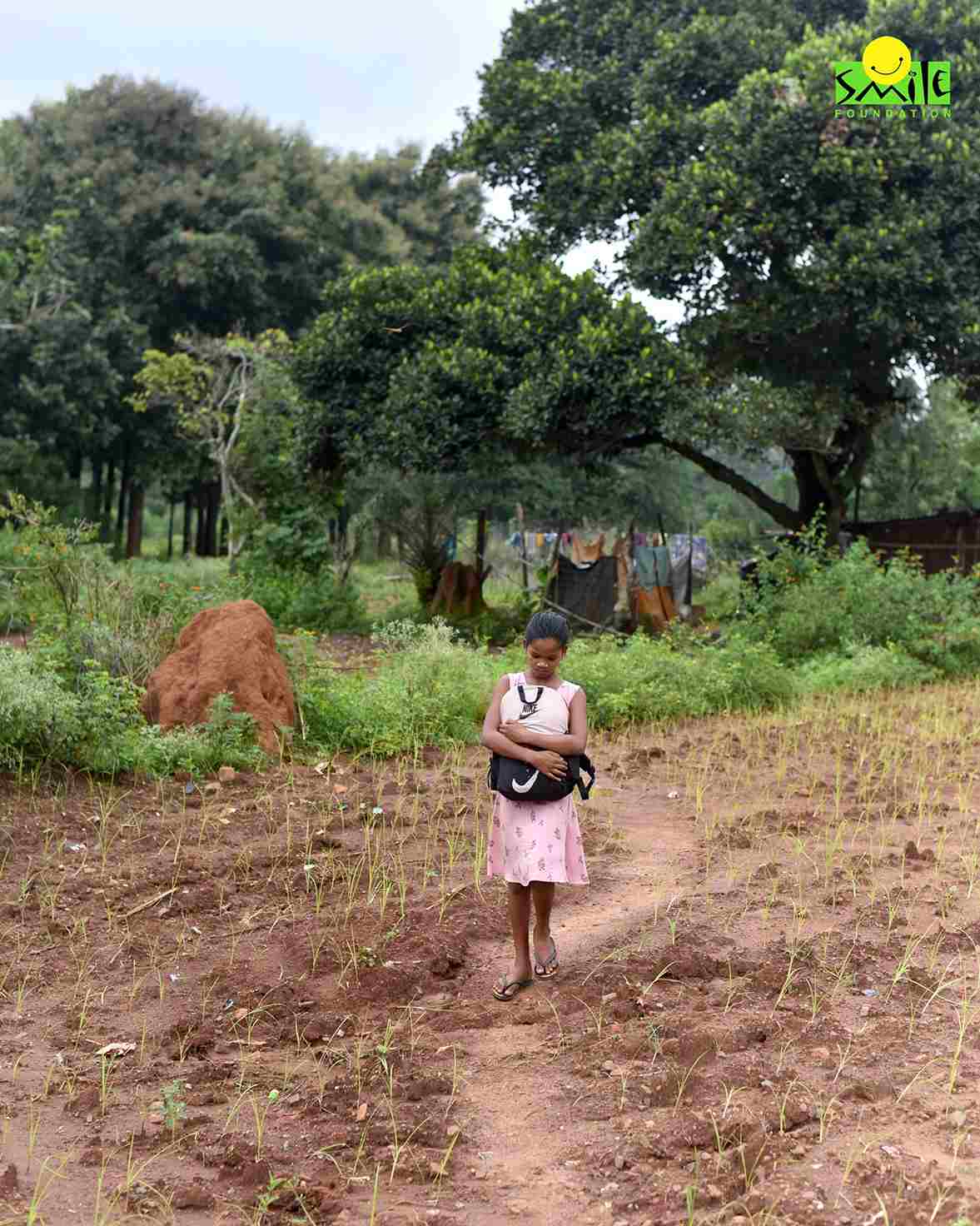Malnutrition is among India’s most serious development challenges. It contributes significantly to the country’s disease burden. Stunting and under-nutrition continue to be the big challenges. The National Family Health Survey (NHFS)-5 has revealed some more insights into the problem of malnutrition. The NFHS is a large-scale, multi-round survey conducted in a representative sample of households throughout India. It is second only to the Census.
What NFHS-5 revealed about malnutrition in India
There are improvements on various dimensions. These include educational attainment, infant mortality, vaccinations, and institutional deliveries.
There are three main indicators of malnutrition: stunting (low height-for-age), wasting (low weight-for-height) and being underweight (low weight-for-age). There is an improvement on all three indicators. It is important to remember that the survey was conducted in two phases. In Phase, the malnutrition indicators had shown worsening; in Phase 2 none of the states show worsening. This anomaly may have something to do with COVID-19, which possibly affected the way data was collected.
As per the NFHS-5, 35.5% of children below five years were stunted and 32.1 per cent were underweight in 2019-21.
Among the stunted children, 37.3% are in the rural areas as compared to 30.1% in urban areas. If we look at state-wise data, Meghalaya (46.5 per cent), Bihar (42.9%), Uttar Pradesh (39.7%), and Jharkhand (39.6%) have the highest rates of stunting while Sikkim (22.3%) and Puducherry (20%) have the lowest.
Two states that had the lowest stunting rates in children in NFHS-4 (2015-16) but showed a substantial rise as per the NFHS-5 are Goa (from 20.1% to 25.8%) and Kerala (from 19.7% to 23.4%).
Moreover, the proportion of overweight children, women, and men also increased. This also reflects malnutrition which can lead to serious health consequences.
What this indicates
Stunting is a health condition caused due to malnutrition. It can have consequences on human capital, poverty, and equity. A child suffering from stunting may also study less and have fewer professional opportunities. The World Bank says, “A 1% loss in adult height due to childhood stunting is associated with a 1.4 per cent loss in economic productivity.”
From what the data reveals, it can be inferred that collaborative measures will prove to be useful to overcome this menace. Thus, the government, health institutions, academic, as well as civil society organizations need to work together. Health and nutrition programmes need to be converged to address these issues right from pregnancy until the child reaches five years of age.
Change at the behavior-level is also needed. For this, information, education, and communication sessions should be held. Effective social behavioural and communication (SBCC) strategy is essential because behaviours are ingrained in society and in family traditions.
Effective monitoring and implementation of programmes to address malnutrition and prioritise the reduction of child undernutrition in the national development agenda is the need of the hour.
Smile Foundation’s work on malnutrition
As part of our work with women and children, we have actively been working on reducing malnutrition. At our Mission Education centres, we ensure that children get healthy and nutritious meals. We also educate their parents on the same. Through our Swabhiman programme, which works for and with women in particular, we are constantly educating and empowering women to take charge of their own lives and health. For this, we conduct various informative workshops with them to teach them how they can take care of themselves as well as their newborns through the means of good food. Nutrition is a vital aspect of our work towards the improvement of society. After knowing what NFHS-5 has revealed about malnutrition in India, it is more important than ever to intervene on this aspect of development.
You can also do your part by ensuring nutrition for someone else. Know more here.



